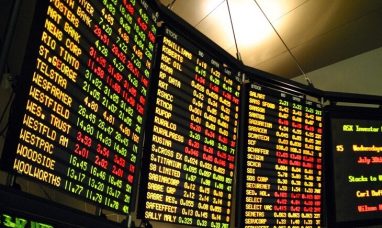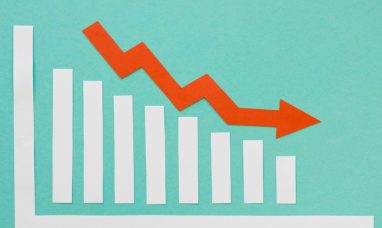U.S. inflation trends continue to cool, with the latest report showing year-over-year price increases hitting a three-year low. This provides a much-needed relief to consumers while setting the stage for the Federal Reserve to cut interest rates in its upcoming meeting. The Labor Department reported that consumer prices rose 2.5% in August, down from 2.9% in July, marking the fifth consecutive annual drop. This significant decline brings inflation closer to the Fed’s target of 2%, allowing policymakers to shift their focus to the job market.
Federal Reserve Prepares to Cut Interest Rates
The steady decline in U.S. inflation trends has positioned the Federal Reserve to initiate an interest rate cut for the first time since the post-pandemic economic surge. The Fed’s benchmark interest rate is currently at a 23-year high, but a modest quarter-point rate cut is expected next week. A reduction in interest rates would ease borrowing costs across the economy, including for mortgages, auto loans, and credit cards.
While inflation remains above pre-pandemic levels, Federal Reserve officials have expressed confidence that their efforts to tame rising prices are succeeding. They are now placing more emphasis on supporting a cooling labor market, which has seen slower wage growth and hiring.
Key Factors Driving the Decline in Inflation
Several factors contributed to the recent drop in U.S. inflation trends:
Falling Gas Prices: One of the main drivers of lower inflation was a continued decline in gas prices. The average cost of gas fell 0.6% from July to August and is down 10.6% compared to the same time last year. Lower fuel prices have had a direct impact on transportation costs, which has eased inflationary pressures in other sectors.
Stabilizing Food Prices: Grocery prices, which spiked sharply during the pandemic, have shown signs of stabilization. From July to August, grocery costs were unchanged, and over the past year, food prices have risen only 0.9%. This return to more typical inflation levels has been a relief for households that struggled with sharp increases in the cost of necessities like groceries during the peak of inflation.
Used Car Prices: Another significant contributor to the lower inflation rate is the drop in used car prices, which fell 1% in August. Over the past year, used car prices have plummeted by 10.4%, providing further relief to consumers who had been grappling with steep prices in the automotive sector.
Core inflation Remains Stubborn
While overall inflation has been easing, core inflation — which excludes the volatile food and energy sectors — rose by 3.2% in August, the same as in July. On a month-to-month basis, core inflation increased by 0.3%, slightly higher than July’s 0.2% increase. Housing costs remain a key driver of core inflation, as rent prices continue to rise.
According to the consumer price index, rental costs rose 5.2% over the past year. However, recent data from real estate brokerage Redfin suggests that the pace of rent increases is starting to slow. The median rent for new leases increased by just 0.9% in August, a sign that housing inflation may soon cool more consistently.
Political and Economic Implications of Inflation Trends
U.S. inflation trends are expected to play a significant role in the upcoming presidential election. Former President Donald Trump has blamed Vice President Kamala Harris for the inflation surge that began in 2021 due to global supply chain disruptions. In response, Harris has proposed subsidies for home buyers and builders to address rising housing costs and supports a federal ban on price gouging in the grocery sector.
Despite these political debates, the Federal Reserve remains focused on managing inflation while supporting economic growth. Chair Jerome Powell recently indicated that inflationary pressures from the job market have diminished, allowing for a smoother economic transition.
The Road Ahead: Consumer and Job Market Outlook
As inflation cools, Americans have seen their paychecks grow more slowly, with annual wage increases now averaging 3.5%, down from over 5% two years ago. This slower wage growth reduces inflationary pressure on businesses, which can help keep prices stable. However, consumers are increasingly relying on debt to maintain spending, leading to rising credit card and auto loan delinquencies.
With consumer spending potentially set to decline, businesses may slow hiring or even reduce staff, further cooling the labor market. The Federal Reserve’s interest rate cuts are expected to support growth, but the long-term outlook for the U.S. economy will depend on how effectively inflation is managed while ensuring that the job market remains resilient.
Featured Image: Freepik







